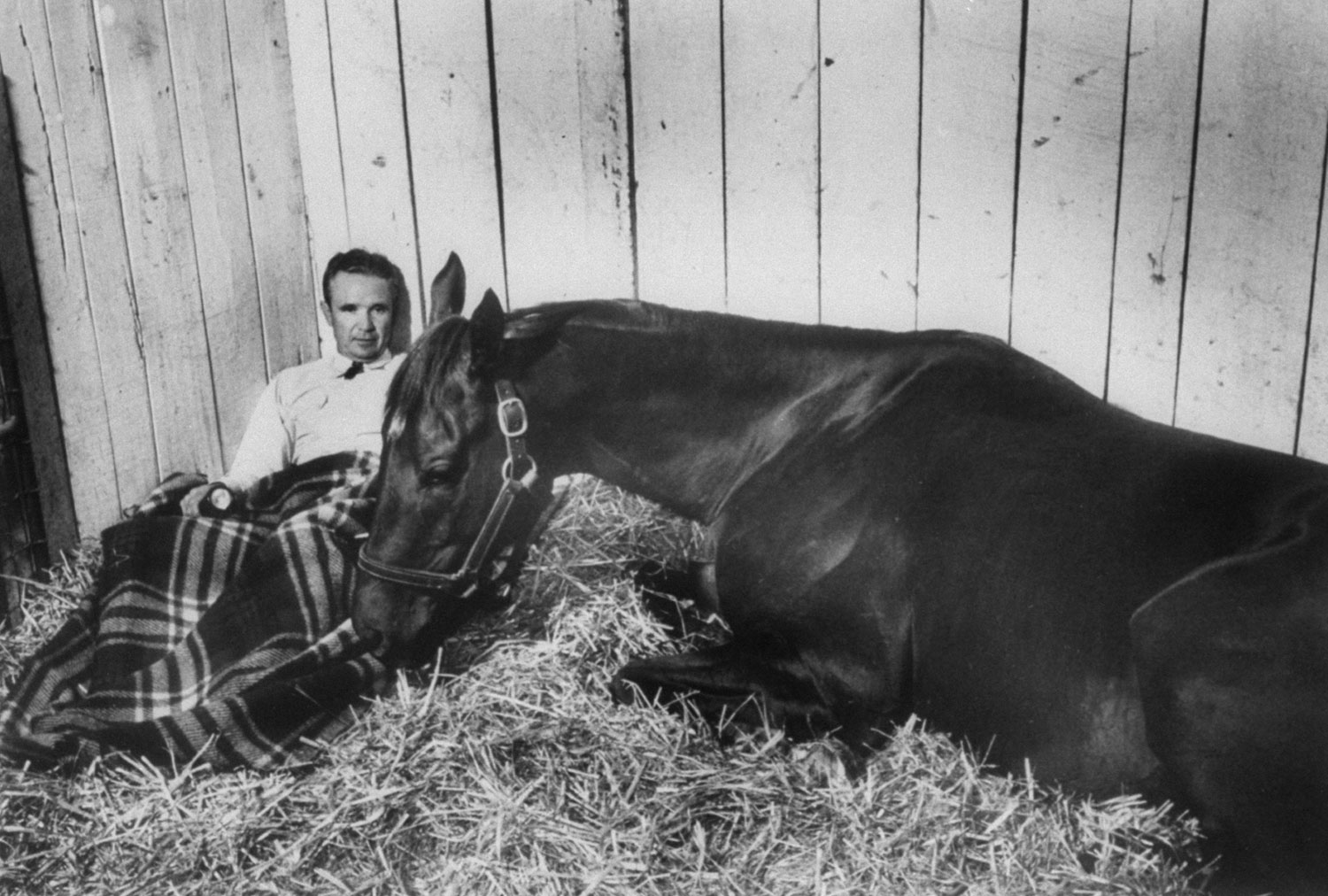
The Run for the Roses. The Most Exciting Two Minutes in Sports. The Chance of a Lifetime. (No horse can ever run it twice, after all.) Whatever nickname best applies, the Kentucky Derby is a cultural and sporting touchstone that combines spectacle, tradition, bourbon and sheer athletic grit in ways that make, say, a heavyweight title bout look tame by comparison. There’s nothing like it, anywhere.
Run every year, for 140 years and counting, on the first Saturday in May at Churchill Downs in Louisville, the Derby is not the sport’s richest race. (That honor belongs to the Dubai World Cup, with a purse of $10 million; the Derby winner’s haul is a mere $2 million.) It’s not the longest contest of horse racing’s Triple Crown. (The Belmont Stakes is a brutal one-and-a-half miles to the Derby’s one-and-a-quarter.) It’s not even the oldest major horse race in America. (The Travers Stakes at Saratoga, the inimitable “Summer Derby,” has been run since 1864.)
But no other thoroughbred match-up gets the hearts of aficionados and casual fans alike thumping quite like the Kentucky Derby — and in a close race the excitement as the field pounds toward the wire can verge on the unbearable. In 1955, LIFE magazine not only covered just such a Derby, but LIFE’s John Dominis somehow had the prescience to pay special attention to the eventual winner and his trainer. (See the first slide in the gallery.) The results, both pictorially and editorially, were stupendous — and, as with image 6 in the gallery, occasionally unsettling, in their straightforward depiction of the stark racial divide evident across much of the U.S. in the 1950s.
LIFE, meanwhile, focused its attention on the atmosphere, economics and, by and large, on one particular thoroughbred at the track:
In Louisville, Kentucky, last week, where the crushing demand for hotel rooms sent prices skyrocketing from $8 a night to $30, one man without a reservation seemed to have no real problem. Meshach Tenney, who came to the Kentucky Derby from California, bedded down in a stall with Swaps, a horse he trained, because he preferred it that way. As he catnapped by night and snoozed in his automobile by day, the noise of America’s most boisterous sporting weekend buzzed about him unnoticed.
Equipped with vacuum jugs and fried chicken, [Derbygoers] became the milling thousands with camp stools and picnic blankets in the infield. They took off their shoes and made a big show of enjoying themselves more than the wealthy people in the box seats. They were the kind who talked Tenney’s language. They also had a warm glow for Swaps who . . . had a glorious day humbling well-known millionaires’ horses.
One of the most remarkable things about Swaps, aside from the way he got out in front of nine very fast horses and stayed there to win . . . is his soft-spoken, soft-hearted Mormon trainer, “Mesh” Tenney. Actually, Tenney is part-owner of Swaps . . . but being an extremely modest and religious man, he prefers to be known only as trainer.
For three weeks . . . Tenney and Swaps shared the same stall, while Swaps, who snores like a horse really enjoying his sleep, lay there beside him. Swaps, trying to get more comfy, often snuggled his head on Tenney’s chest. “You’ve no idea how heavy a horse’s head is,” winced the trainer. “Sometimes I had to wake him up and get him off me.”
Tenney’s tender handling has made Swaps sort of an equestrian Ferdinand. He is one of the gentlest and most mild-mannered horses in many a Derby. “Swaps,” shrugged Tenney, “still likes to eat and sleep more than he likes to race.”
As it turned out, though, in the ’55 Derby, Swaps came to run — and he ran brilliantly, beating the great Nashua (the eventual 1955 Horse of the Year) by a solid length and half under jockey Willie Shoemaker.
A few months later, in one of the great match races of the century, Nashua and Swaps (and their respective jockeys, old friends Eddie Arcaro and Shoemaker) met again in a head-to-head contest at Chicago’s Washington Park. This time, Arcaro and Nashua handily defeated the Derby winners — although it’s worth pointing out that Swaps, who had a sensational record in the first half of ’55, ran the match race with an injured hoof, and would go on to win Horse of the Year honors in 1956.
Both Swaps and Nashua are today in the U.S. Horse Racing Hall of Fame in Saratoga, as are Tenney; Nashua’s trainer, the legendary “Sunny Jim” Fitzsimmons; and, of course, both Arcaro and Shoemaker. The two horses finished their careers with remarkably similar records (Swaps had 11 major stakes wins, Nashua had 13) and played to perfection their roles in one of the sport’s most celebrated rivalries — a rivalry ignited on the storied oval beneath Churchill Downs’ twin spires.
Liz Ronk, who edited this gallery, is the Photo Editor for LIFE.com. Follow her on Twitter @lizabethronk.
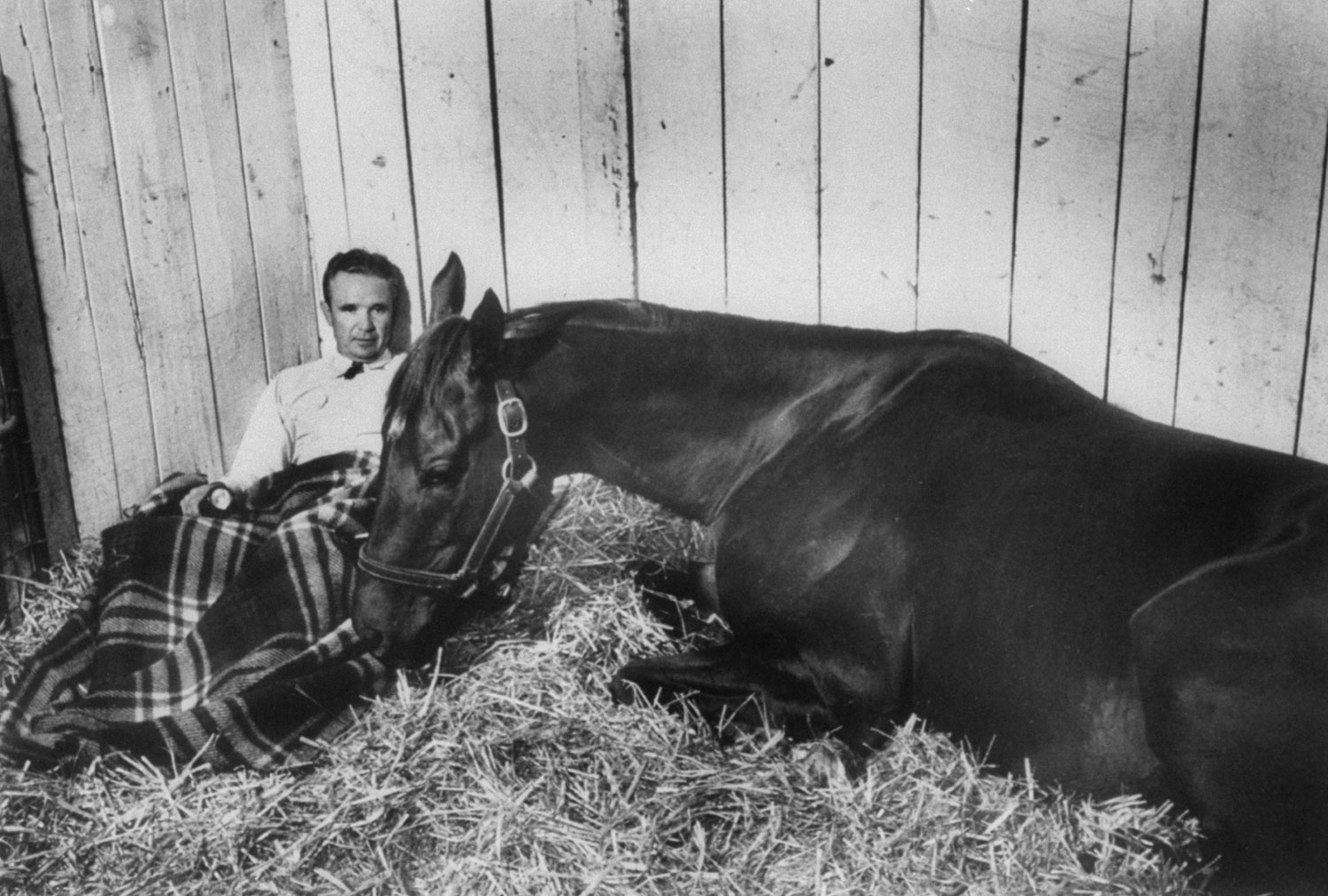
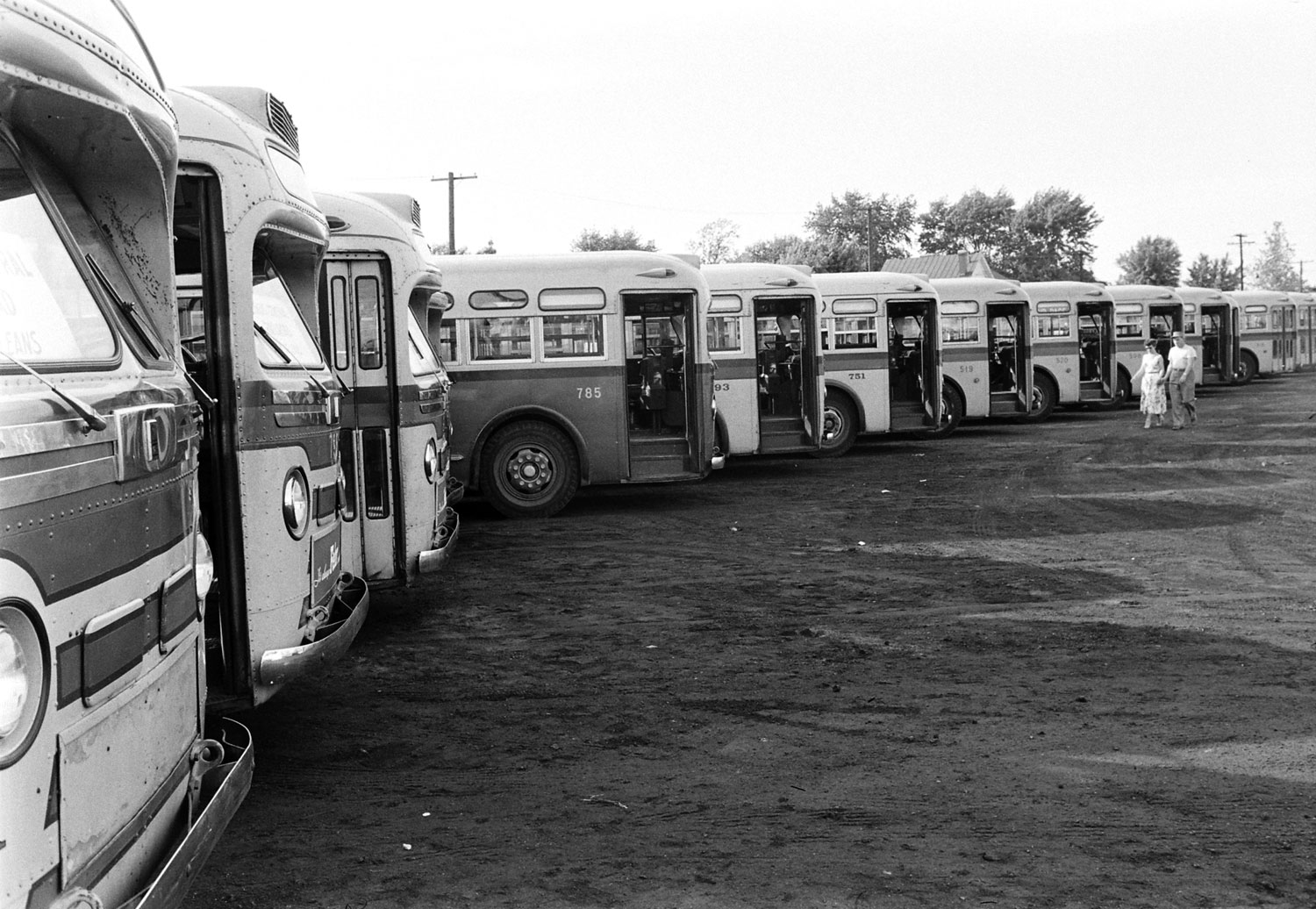
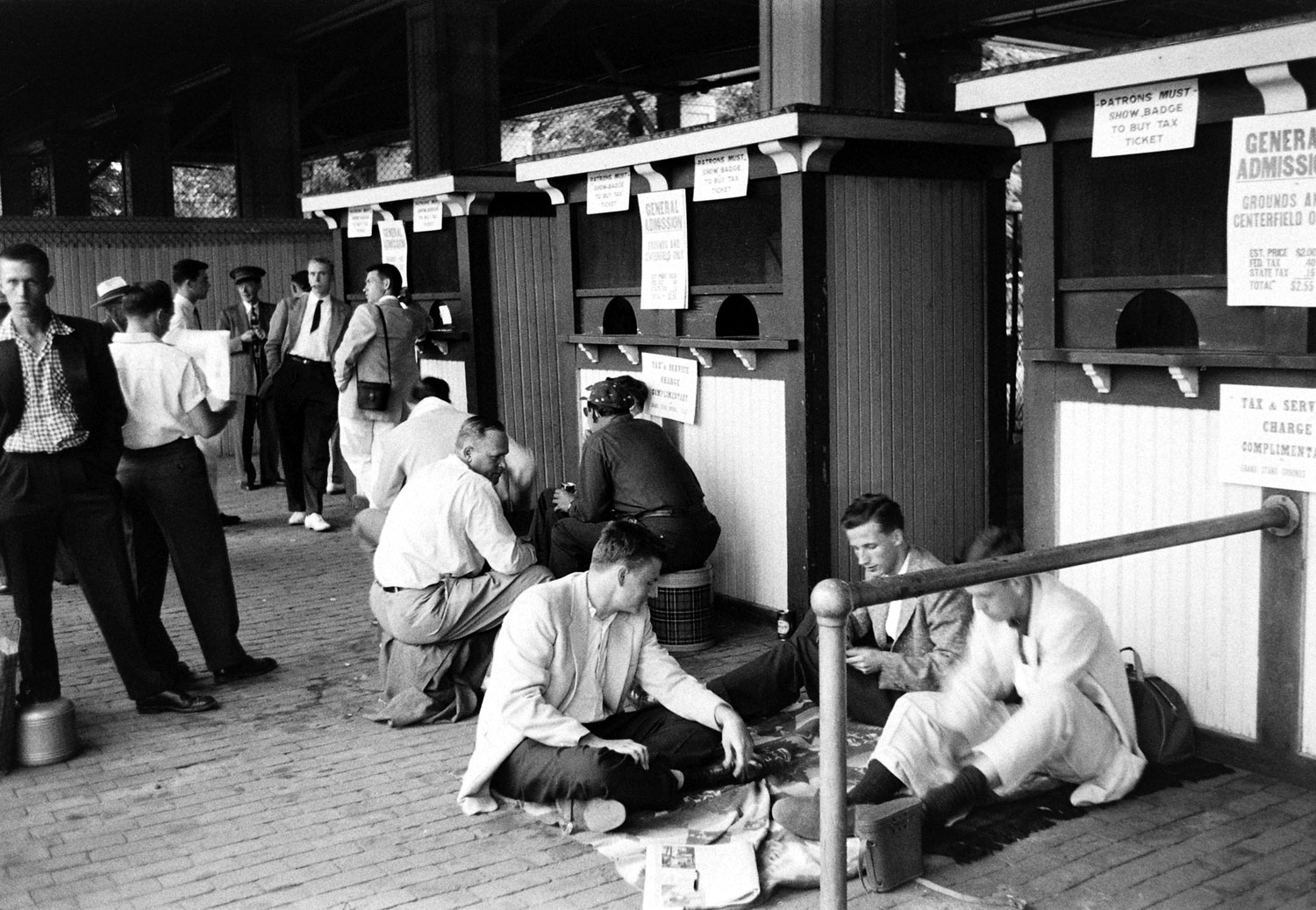

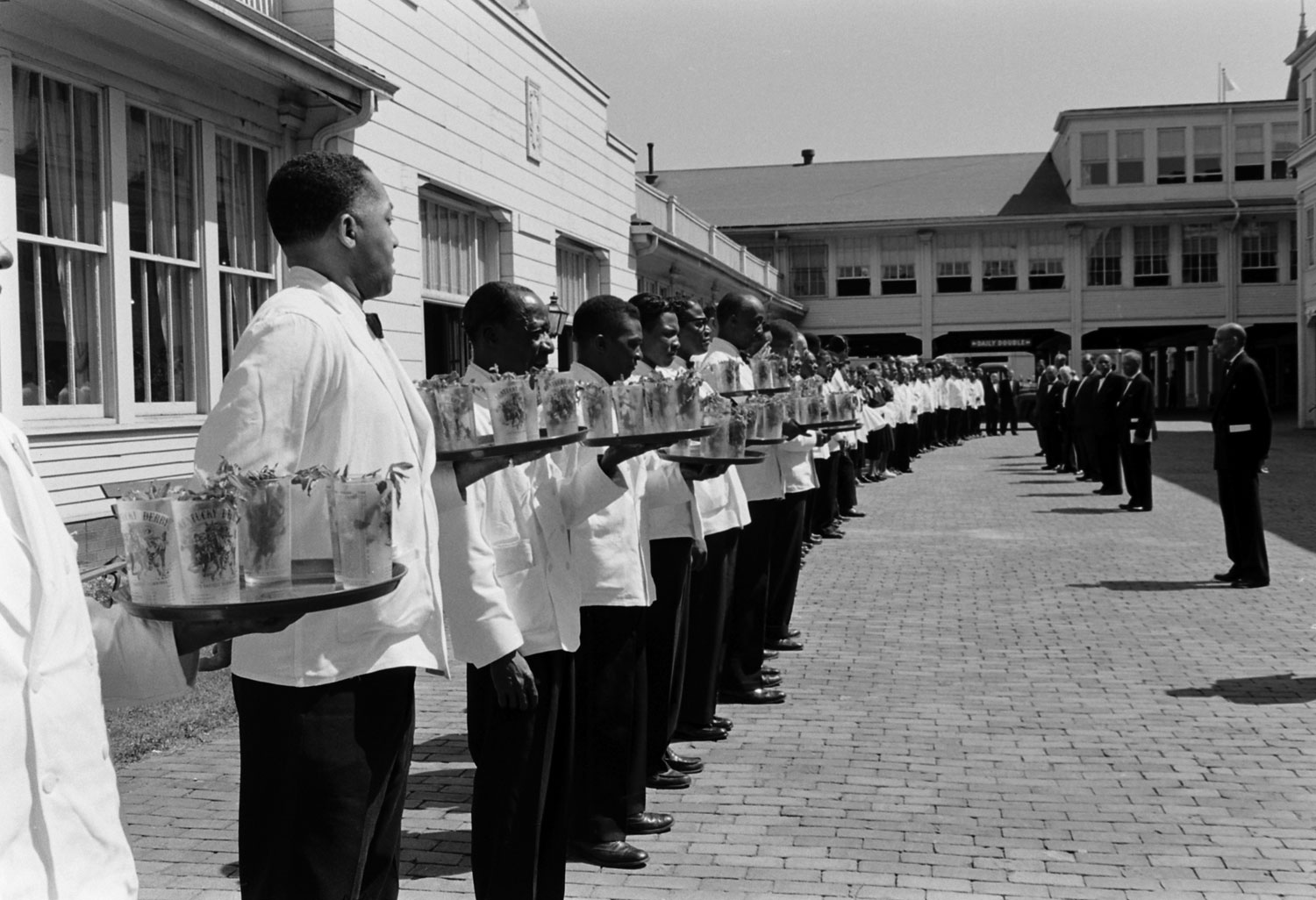
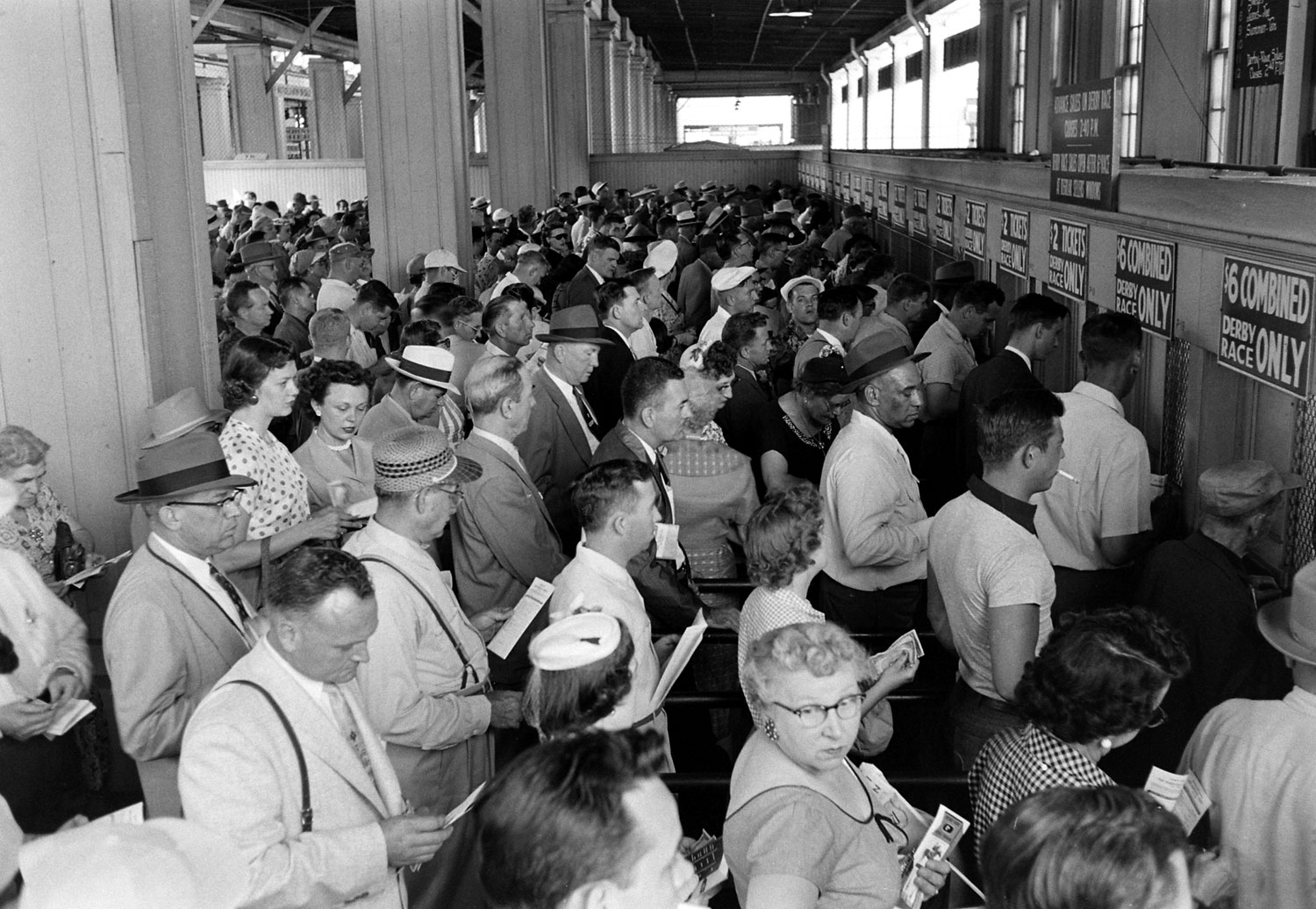
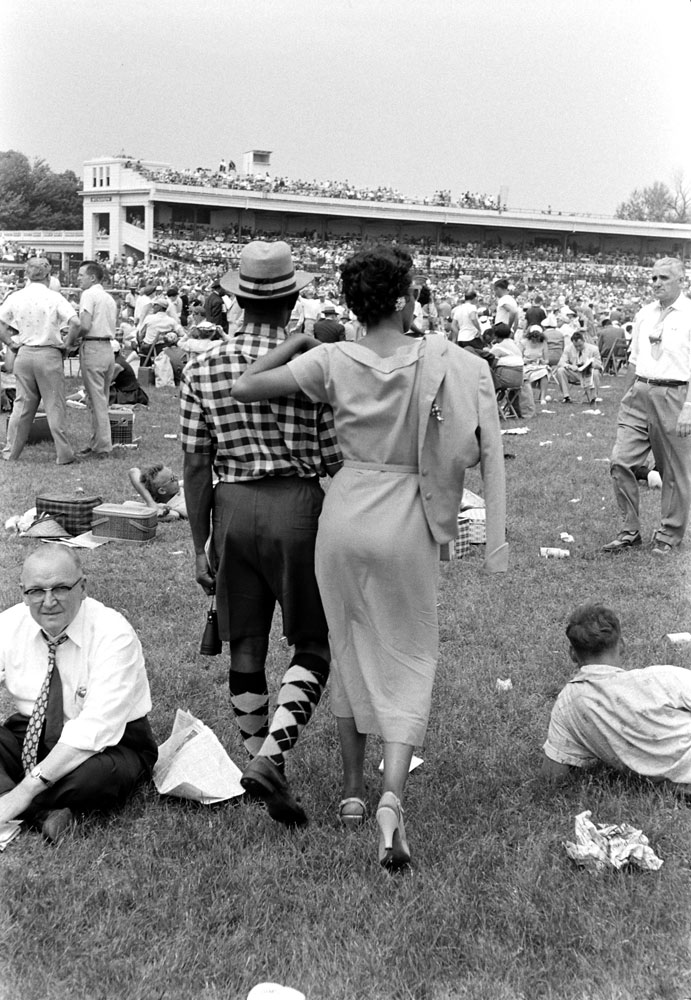
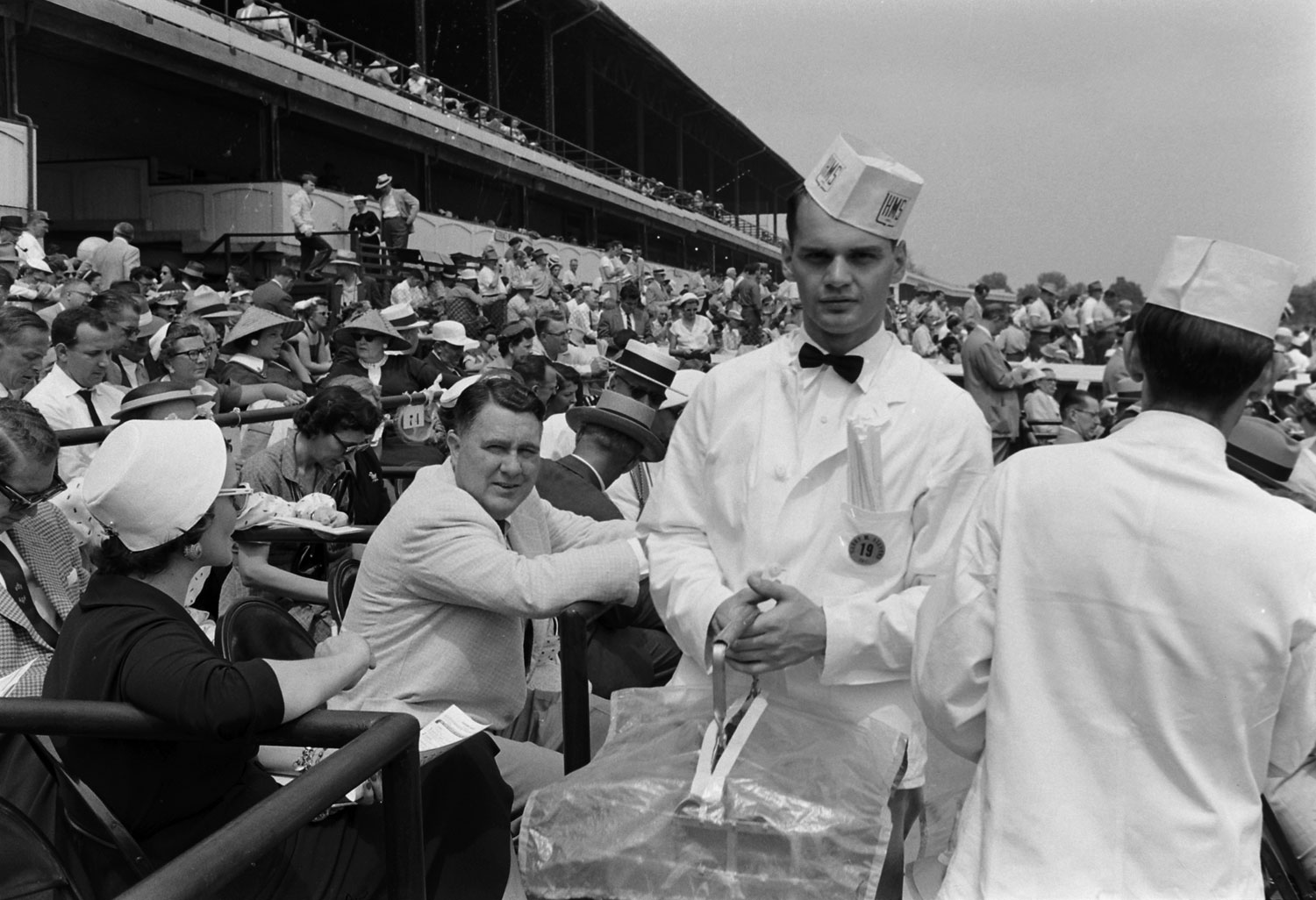

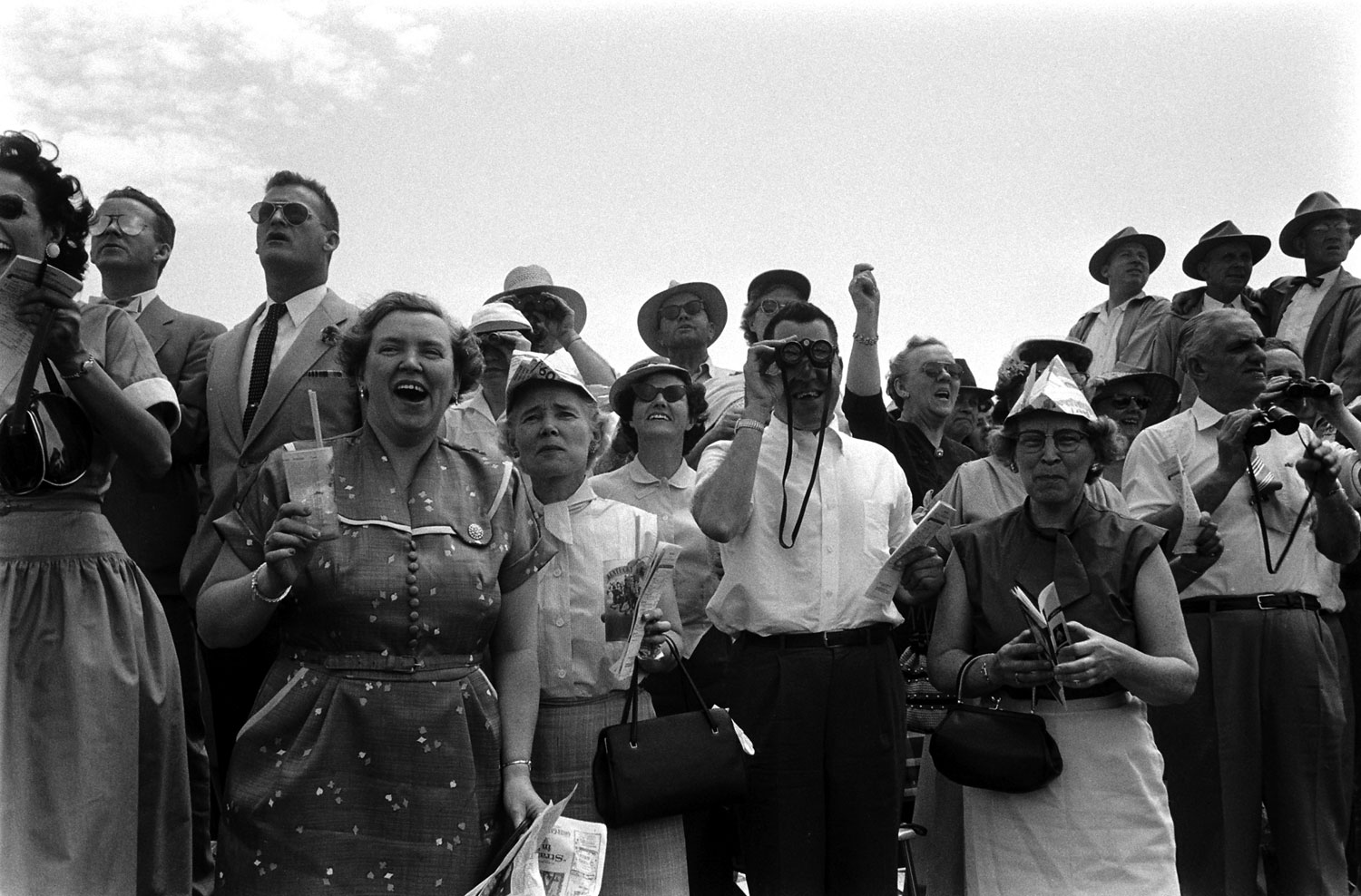



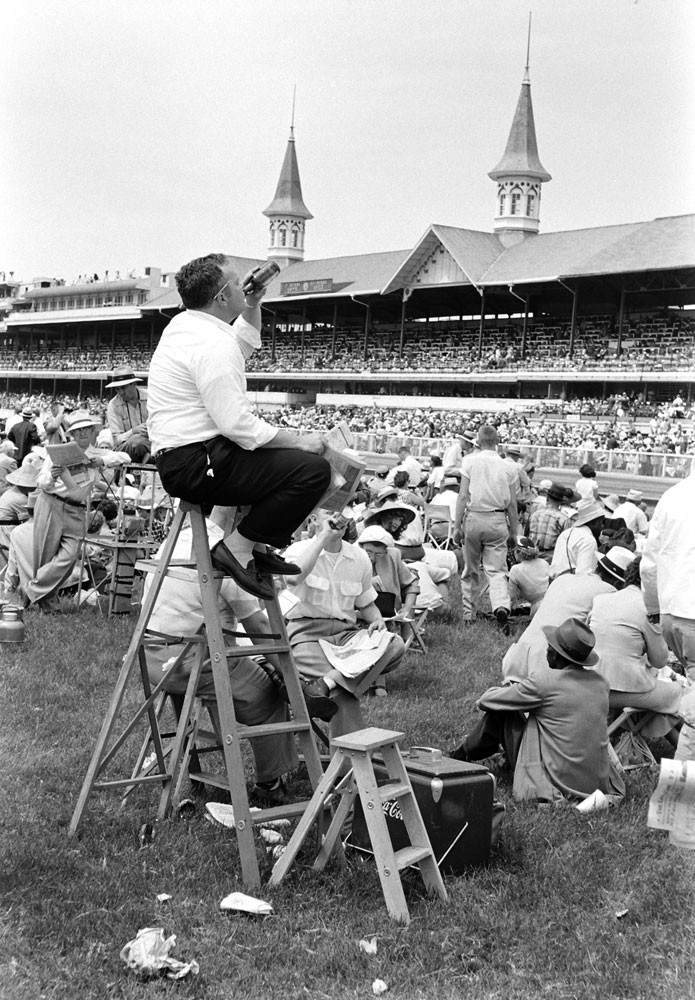
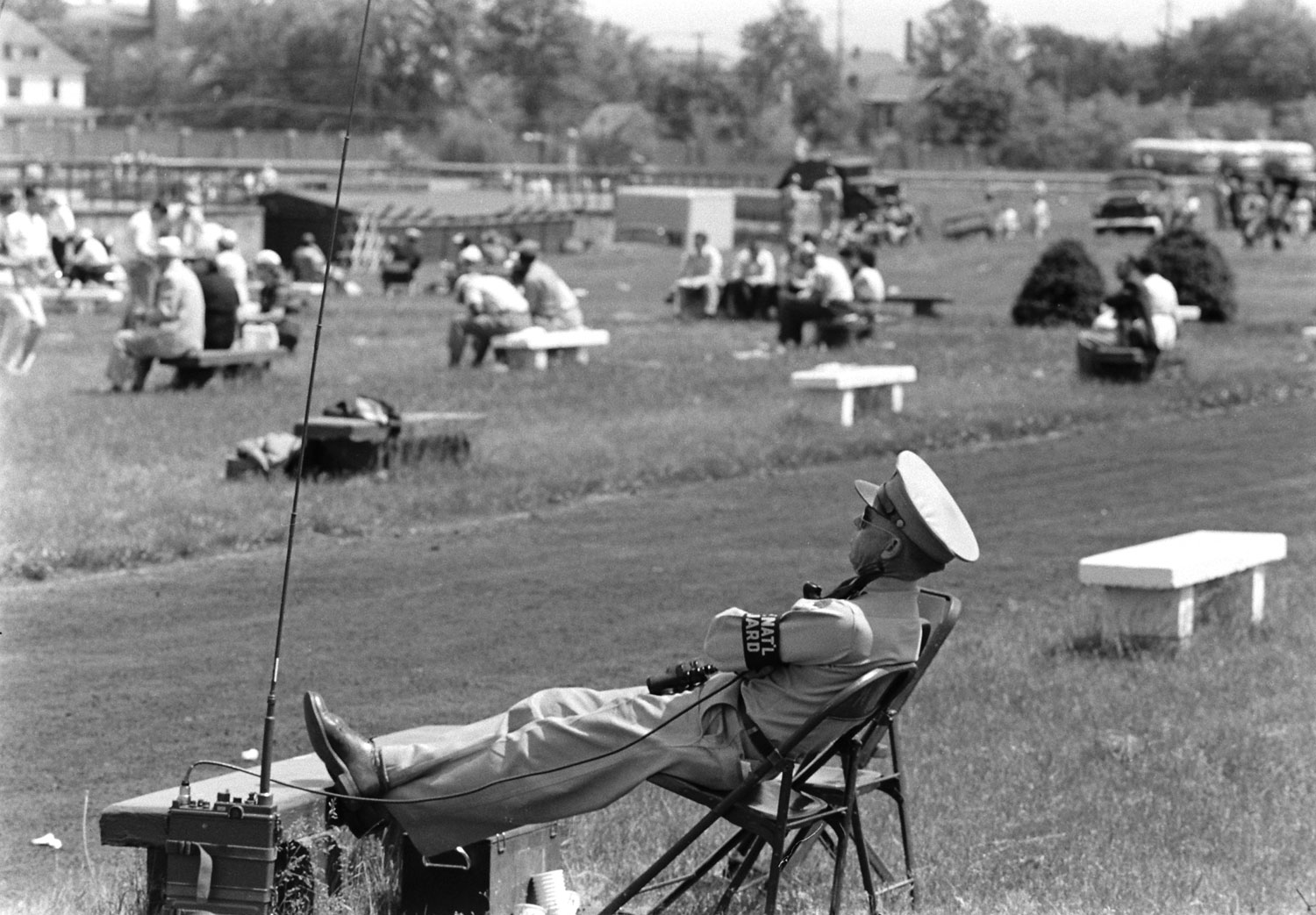
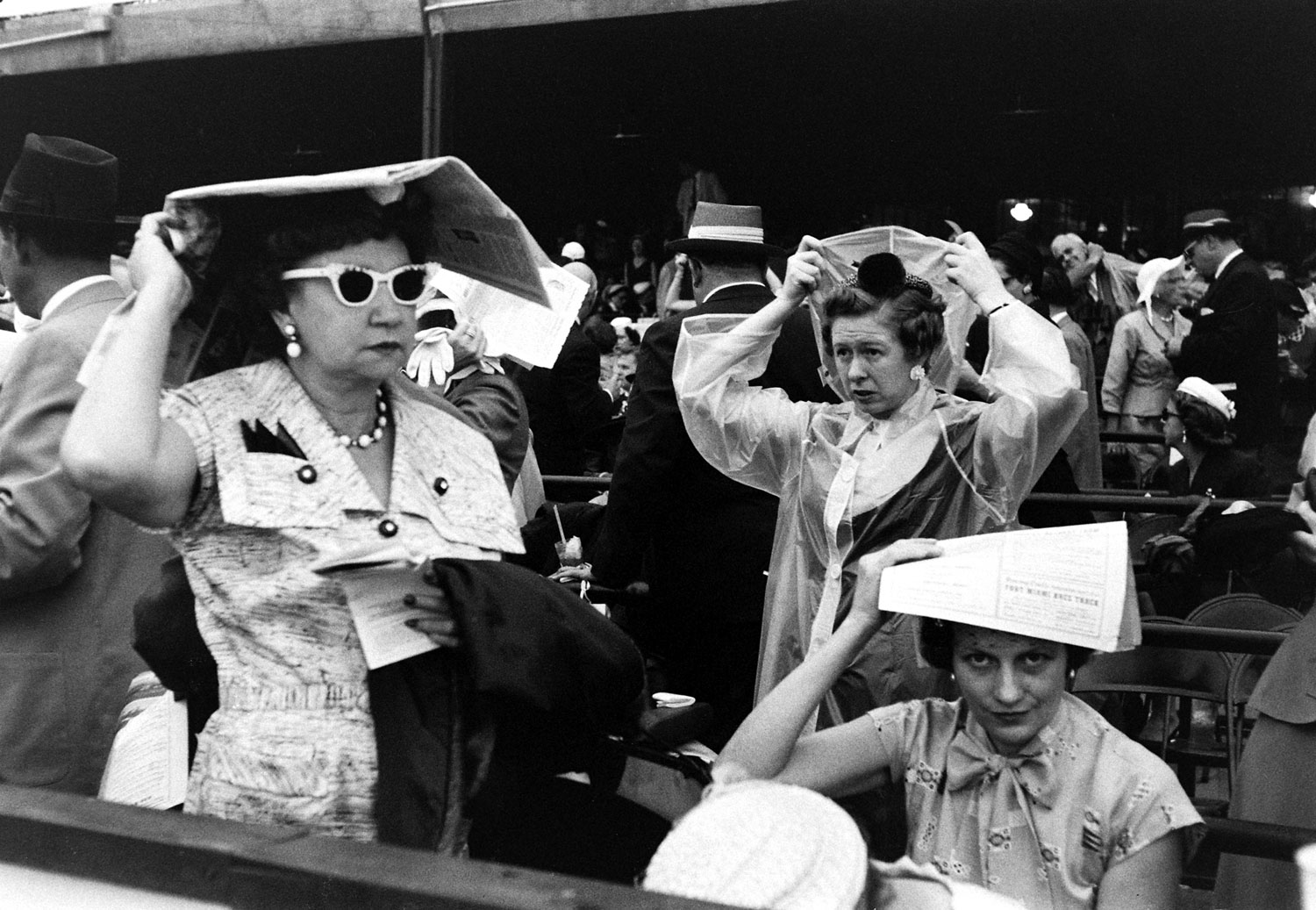
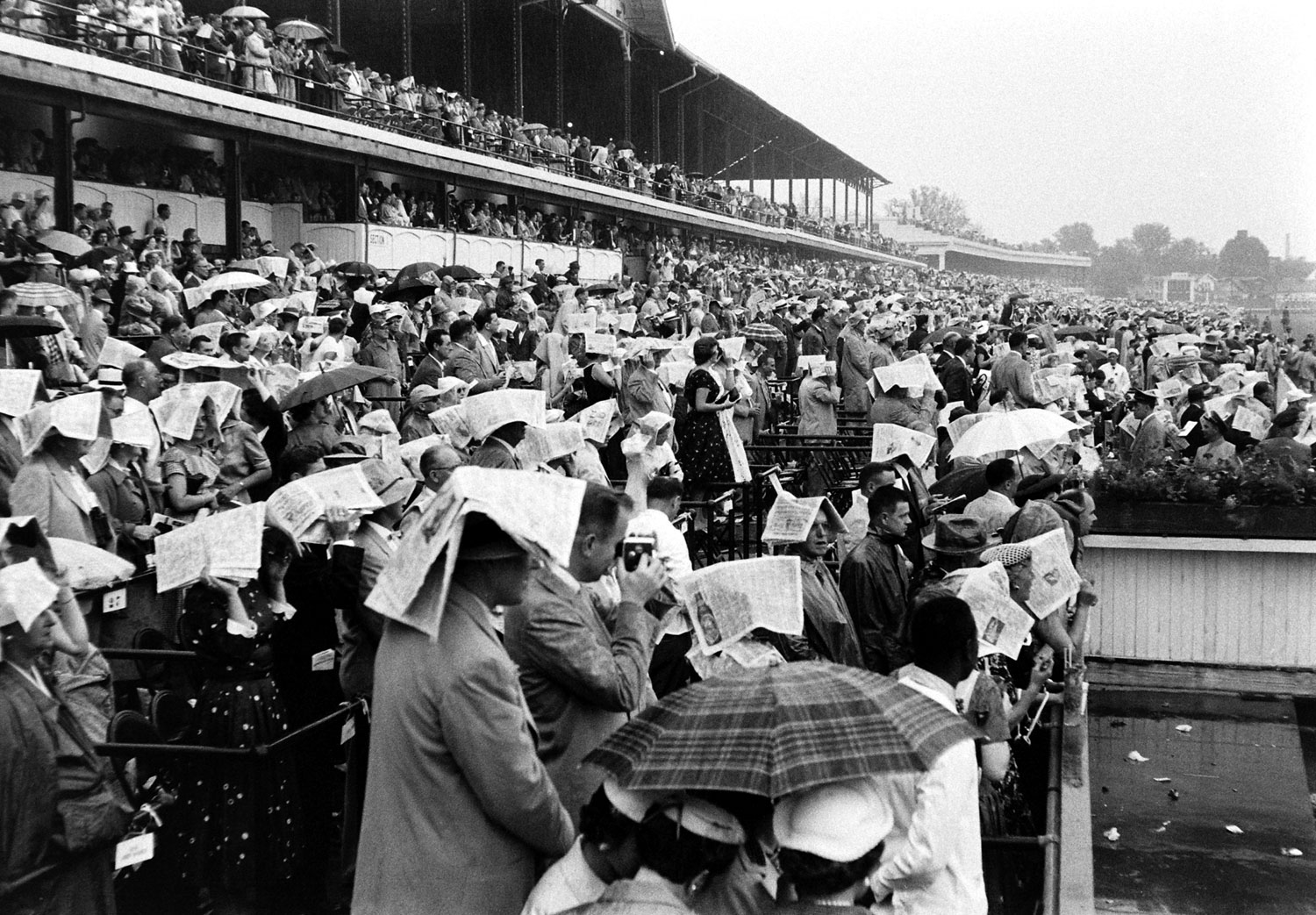
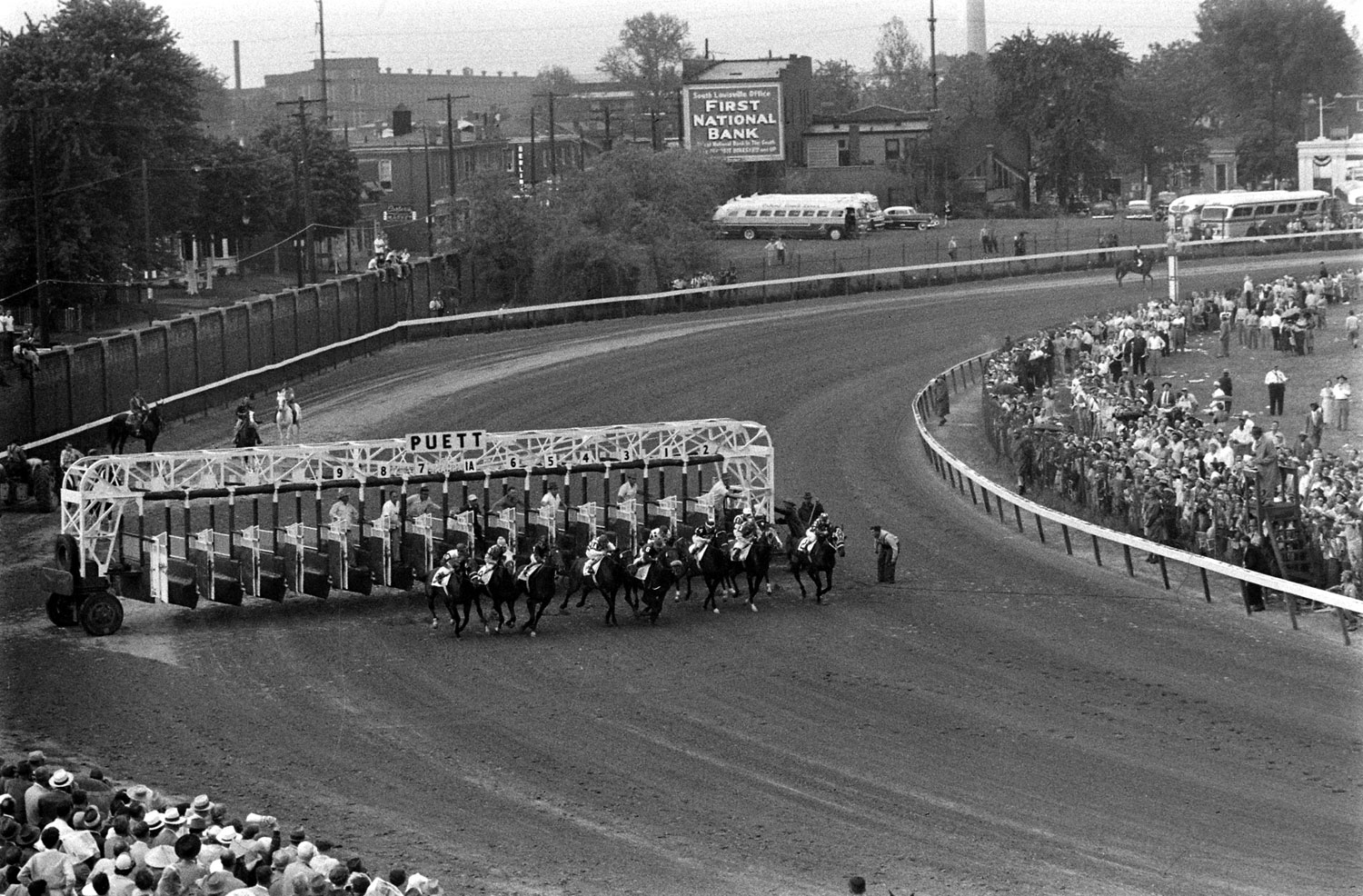
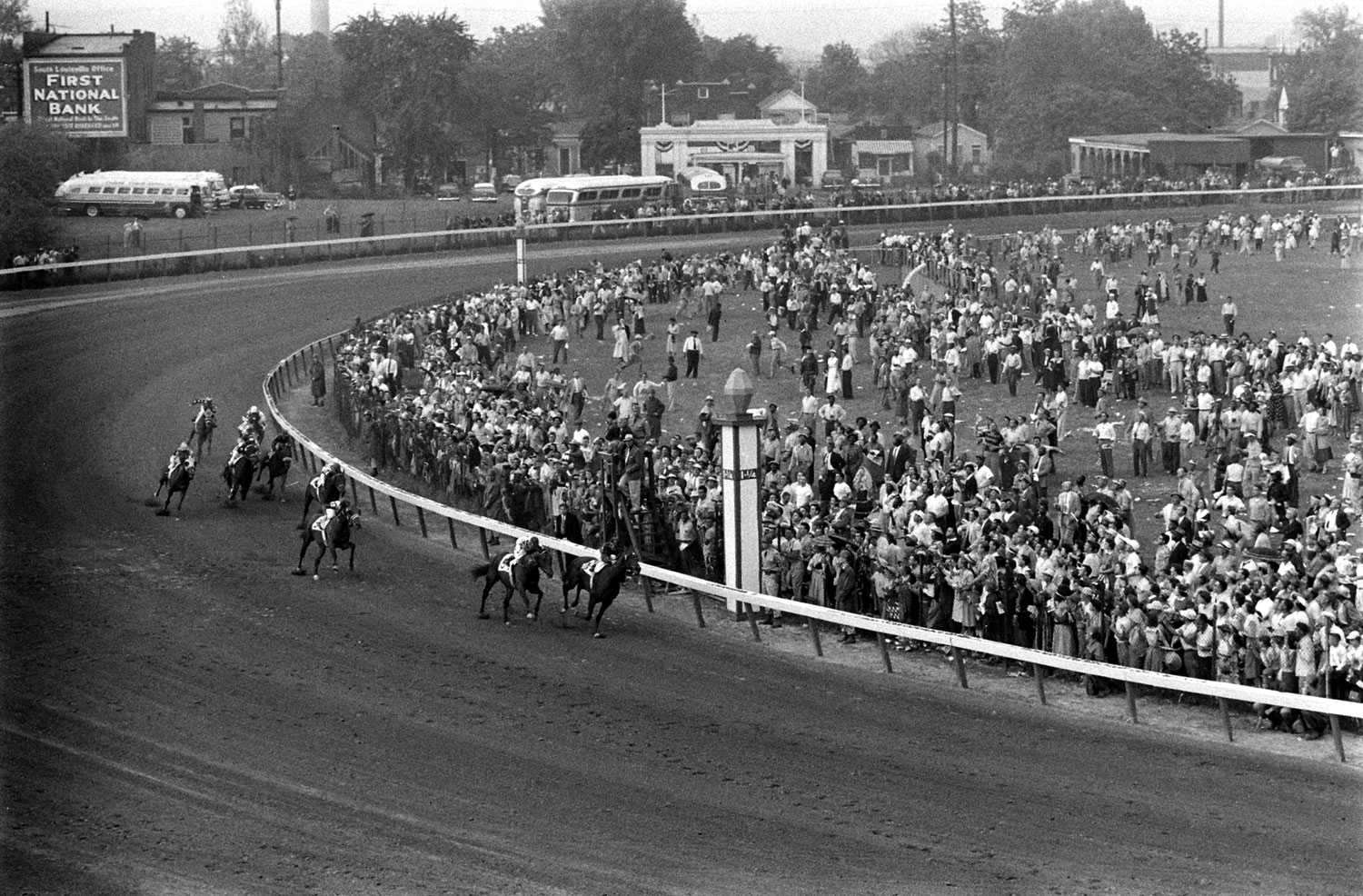

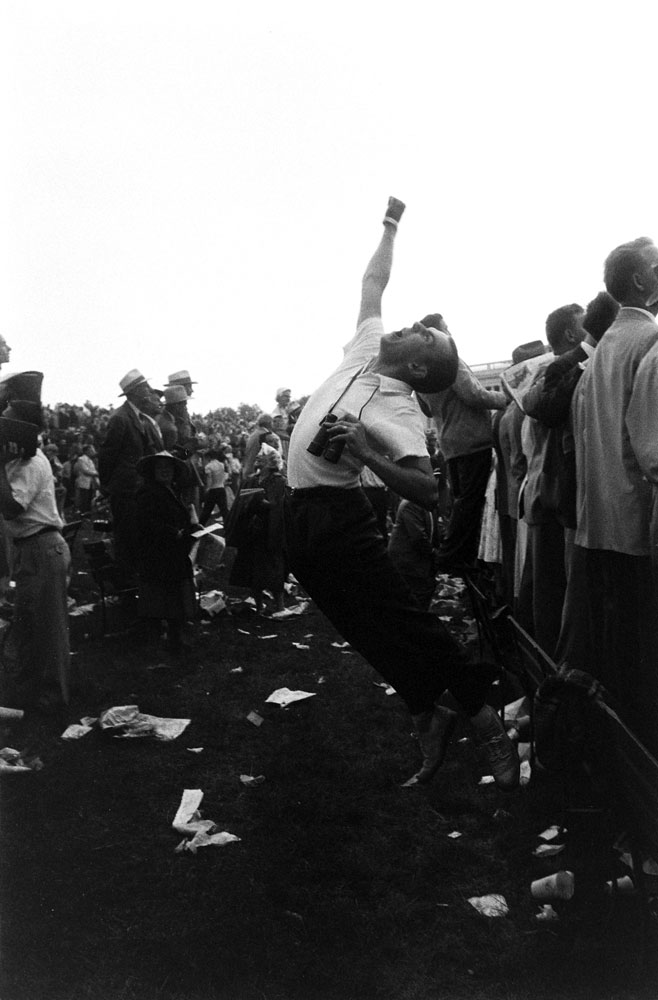


More Must-Reads from TIME
- Donald Trump Is TIME's 2024 Person of the Year
- Why We Chose Trump as Person of the Year
- Is Intermittent Fasting Good or Bad for You?
- The 100 Must-Read Books of 2024
- The 20 Best Christmas TV Episodes
- Column: If Optimism Feels Ridiculous Now, Try Hope
- The Future of Climate Action Is Trade Policy
- Merle Bombardieri Is Helping People Make the Baby Decision
Contact us at letters@time.com